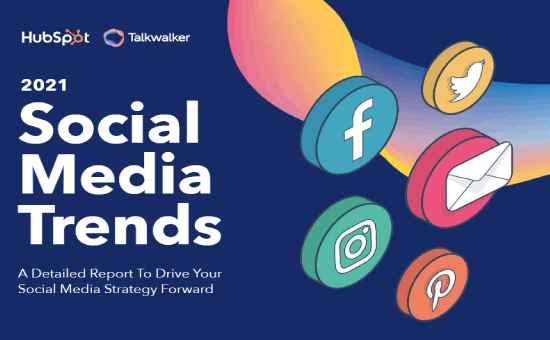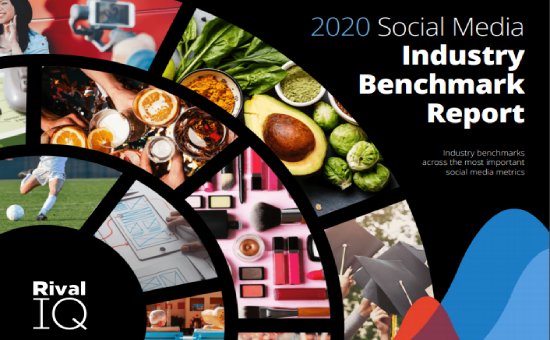Chapter 1: Generative AI as a technology catalyst
Understanding the future of generative AI requires recognizing the breakthroughs that laid its foundation, spanning decades of development. The rise of tools like ChatGPT, GitHub Copilot, and Stable Diffusion is the result of significant investments that have advanced machine learning and deep learning. These investments drive the AI applications embedded in everyday products and services.
AI has gradually permeated our lives—through smartphone technology, autonomous driving features, and retail tools designed to surprise consumers. Despite this, its progress has often gone unnoticed, with few exceptions like DeepMind’s AlphaGo defeating a world champion Go player in 2016. That milestone captured attention briefly before fading from public consciousness. By contrast, ChatGPT and similar tools have captivated global audiences due to their versatility and conversational abilities, allowing almost anyone to communicate and create. These generative AI applications not only perform routine tasks like reorganizing data but also excel at creative activities like writing, composing music, and generating digital art. As a result, people are exploring these technologies without a clear context for understanding their broader impact.
The sudden surge of generative AI capabilities can be attributed to advancements in deep learning, specifically through foundation models. These models consist of expansive neural networks inspired by the human brain’s billions of connected neurons. Unlike traditional deep learning models, foundation models can process vast and diverse sets of unstructured data and handle multiple tasks. They have unlocked new capabilities and enhanced existing ones across various domains, including images, video, audio, and computer code. AI powered by these models can perform numerous functions, such as classification, editing, summarization, answering questions, and creating new content.
However, the rapid pace of innovation brings new challenges, such as the significant computational power required to train generative AI with hundreds of billions of parameters, which could become a bottleneck in development. Additionally, there is a growing emphasis on responsible AI development, led by the open-source community and industry leaders, which could increase costs.
Despite these challenges, funding for generative AI is rising rapidly. From 2017 to 2022, private investments in generative AI grew at an average annual rate of 74 percent, reaching $12 billion in just the first five months of 2023. In comparison, overall AI investments grew at an annual rate of 29 percent during the same period. This rush of funding reflects how quickly generative AI’s capabilities are evolving. For example, ChatGPT’s initial release in November 2022 was followed by the launch of GPT-4 just four months later, with significantly enhanced features. Similarly, Anthropic’s Claude model scaled its processing capacity from 9,000 tokens in March 2023 to 100,000 tokens (about the length of a novel) by May 2023. Google also announced new generative AI features in May 2023, including the Search Generative Experience and its new language model, PaLM 2, which will power the Bard chatbot and other Google products.
Geographically, the bulk of private investments in generative AI, driven by tech giants and venture capital firms, is concentrated in North America. Between 2020 and 2022, generative AI companies in the U.S. secured approximately $8 billion in investments, representing 75 percent of the global total in that period.
Unlock the potential of generative AI for your business. Continue reading and download the full report to explore how this technology can drive growth.
Table of Contents of “The economic potential of generative AI: The next productivity frontier” Report:






